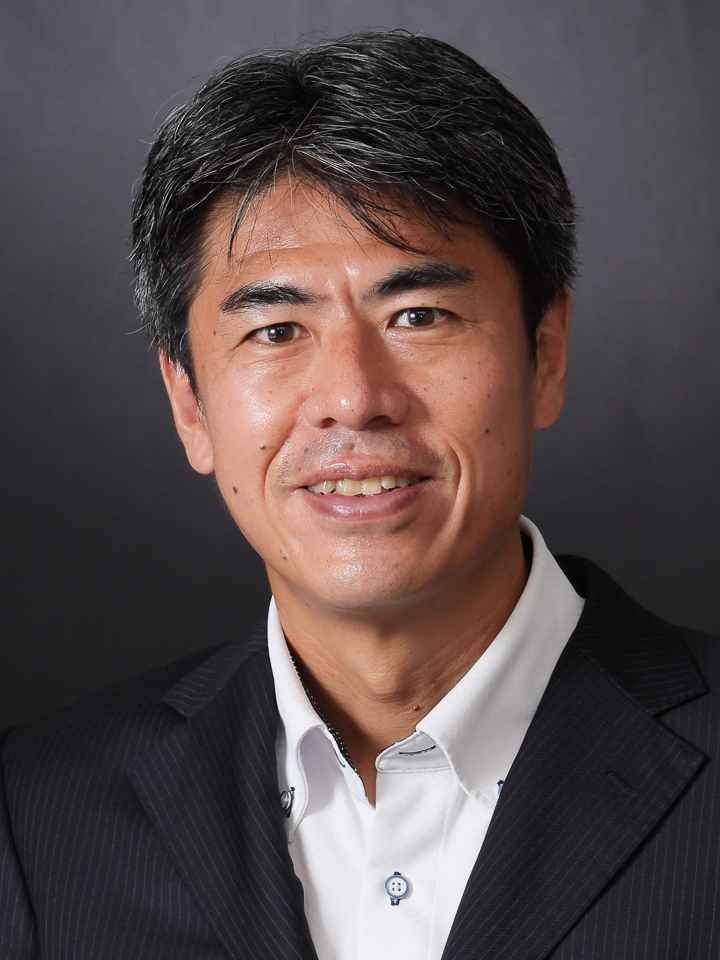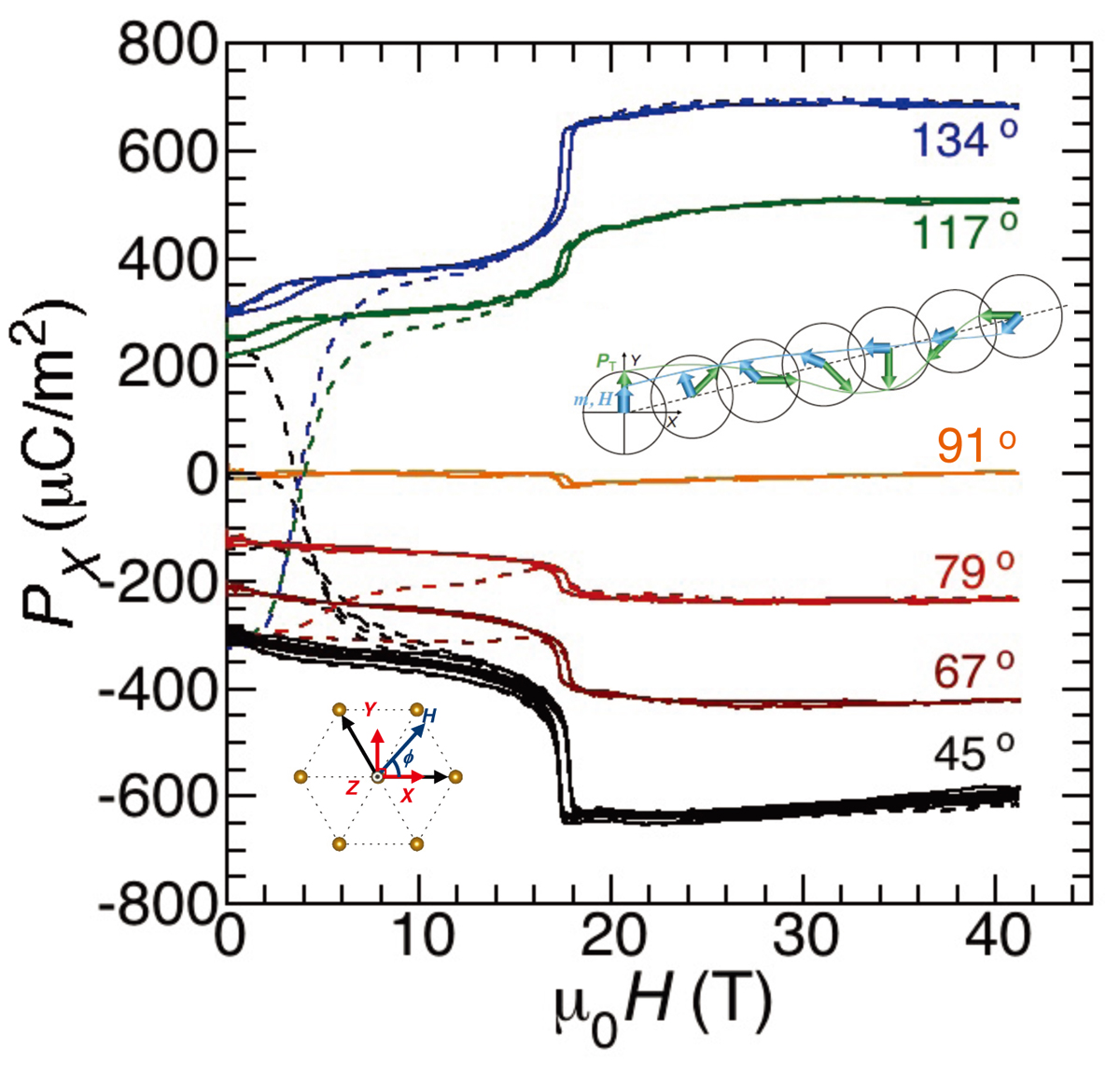Tokunaga Group

- Affiliation
- International MegaGauss Science Laboratory
- Course
- Phys., Sci.
 Research Associate KONDO, Masaki
Research Associate KONDO, Masaki
 Research Associate MITAMURA, Hiroyuki
Research Associate MITAMURA, Hiroyuki
 Project Research Associate KINOSHITA, Yuto
Project Research Associate KINOSHITA, Yuto
Research Subjects
- Field-induced transitions in multiferroic materials
- Electronic phase transitions in the quantum limit state
- High-speed polarizing microscope imaging in pulsed-high magnetic fields
- High-field study of topological materials
Magnetic fields have been widely used in the research of solid-state physics as they can directly and continuously tune the spins, orbitals, and phases of electrons in materials. We explore novel quantum phenomena and non-trivial field effects in pulsed-high magnetic fields up to 60 T using various state-of-the-art experimental techniques to study their magnetic, transport, dielectric, structural, optical, and caloric properties.
In BiFeO3, which is perhaps the most extensively studied multiferroic material, our high-field studies clarified microscopic origin of the magnetoelectric coupling and revealed non-volatile memory effect, magnetic control of ferroelastic strain, and a novel multiferroic phase at around room temperature. In addition, our high-field experiments on semimetals and semiconductors revealed novel insulating phase in graphite, valley polarization in bismuth, and quantum oscillations in semiconducting tellurium.
In addition to these in-house studies, we accept about 40 joint research projects per year and study various localized/itinerant magnets and topological materials in high magnetic fields.


